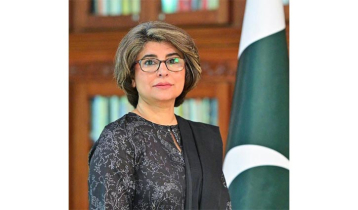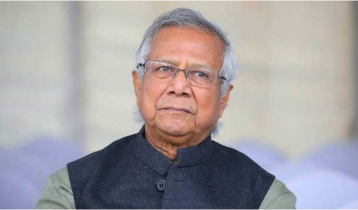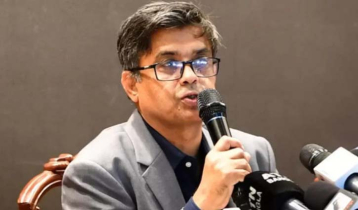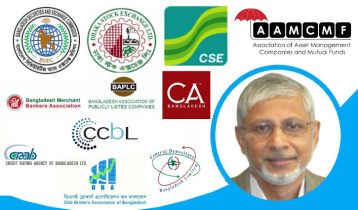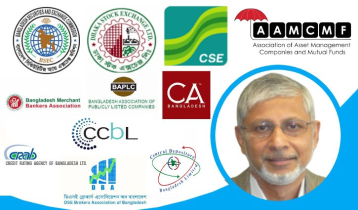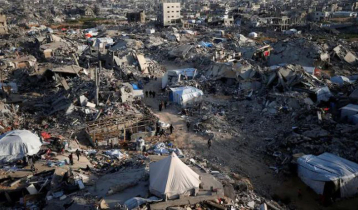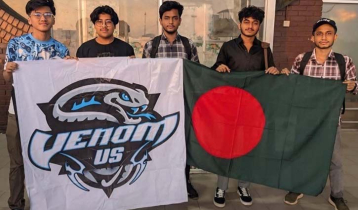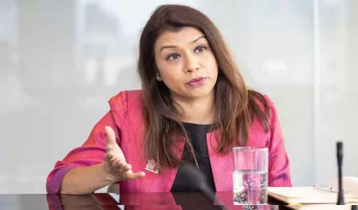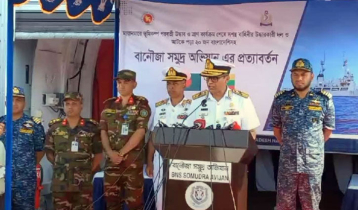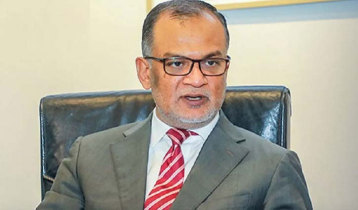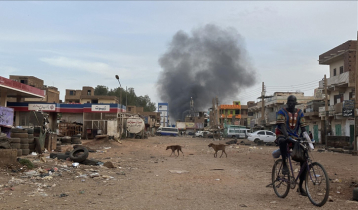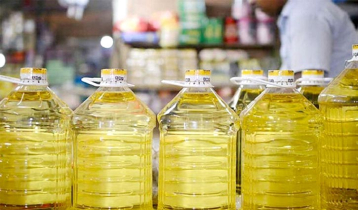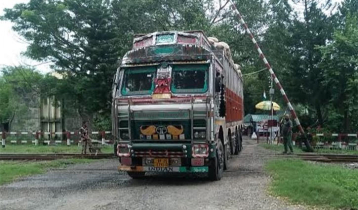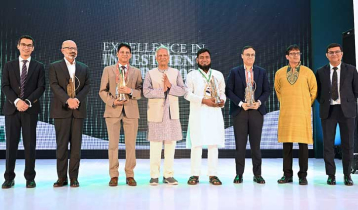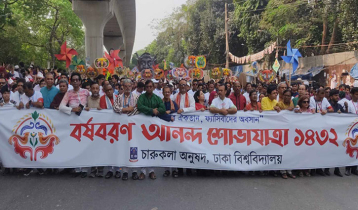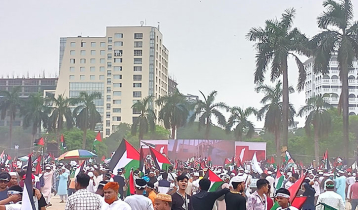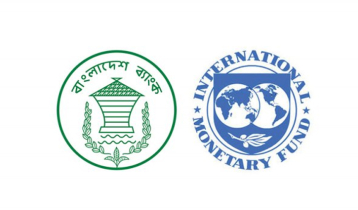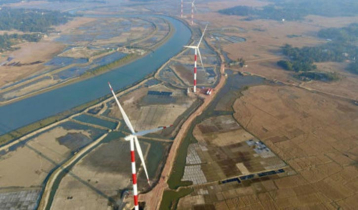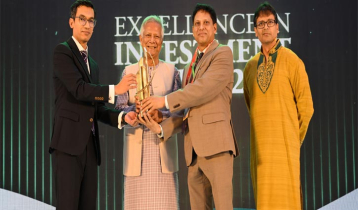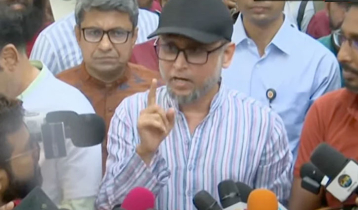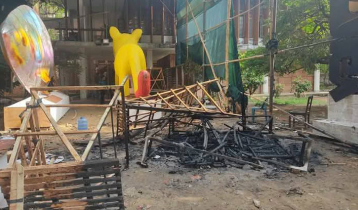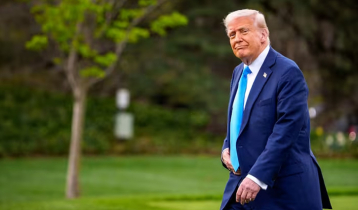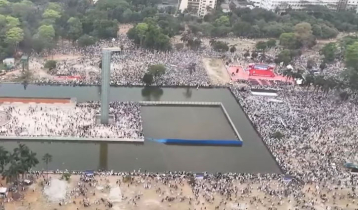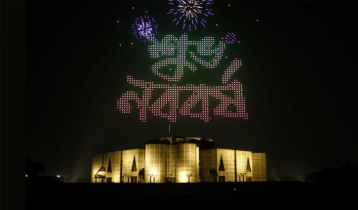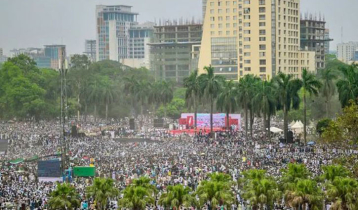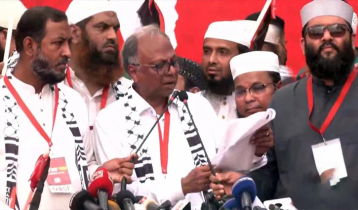Mohajote to get 248 seats: RDC survey
5 || risingbd.com

Risingbd Desk: The Awami League-led Mohajote will get 248 seats while the Jatiya Oikyafront (JOF) will bag 49 seats in the upcoming 11th parliamentary election billed for December 30, said a survey of the Research and Development Center (RDC).
The RDC analysis of this ensuing national polls estimates that the other and independent candidates will receive the rest of three seats, said a press release here today.
The release said that the RDC carried out the survey to get the voting intentions of the country’s voters for the upcoming national election. The field work for this survey was carried out over the period from December 9 to 16, 2018 where the sample size was 2,249.
The survey findings showed that the Mohajote was supported by 60 percent of the voters; the BNP and JOF by 22 percent, while the JP 4 percent. About 10 percent voters were undecided, 3 percent refused to answer, and less than 1 percent did not intend to vote.
This compares with the 2008 parliamentary election where the Mohajote received 57 percent of the votes, the BNP-led grand alliance 37 percent while others 6 percent.
The survey findings revealed that voting intentions are the same for men and women and by age group. The youngest age cohort (age 18-29) is a large section of voters that will be participating in a parliamentary election for the first time.
There is no difference in voting preferences of the young and older voters. Contrary to frequent views expressed, there is no evidence in any change of the political preferences of the young.
Support for the Mohajote is relatively weaker in small towns than in large cities and rural areas. Support for the JOF is relatively stronger in the rural areas and small towns than the big cities. Hindu voters overwhelming support the Mohajote.
This result is reached using a model based on the past voting records for every constituency and the total nation-wide vote as forecast from the national survey. The analysis takes account of changes in constituency boundaries over the past 27 years. An earlier version correctly predicted the outcome of the 2001 and 2008 elections.
The press release said the conduct of the survey is politically neutral and is meant to inform the likely outcome of the election.
The survey attempted to determine if the person interviewed intends to vote.
When asked 98 percent of the voters said that they intend to participate in the election. The sample for the survey was drawn using the 2011 Population Census to provide information on population of upazilas. Upazilas were randomly selected with probabilities determined from the Census data.
Once the upazilas were selected, a number of villages (rural) and mahalla (urban) were selected using the Census data. For each village or mahalla persons to be interviewed were selected from the voter list for that location.
Source: BSS
risingbd/Dhaka/Dec 26, 2018/NA/AI
risingbd.com

